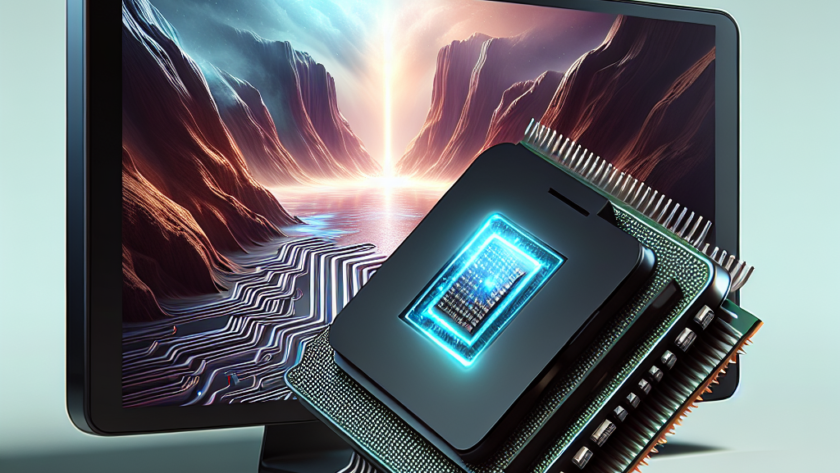Understanding Integrated Graphics
Integrated graphics, also known as onboard graphics, refer to a GPU (Graphics Processing Unit) that is embedded directly into the CPU (Central Processing Unit). These are designed to handle basic graphic needs without the need for a separate graphics card. The primary benefits are numerous and cater to a wide range of users, from casual gamers to professionals working on digital content creation.
Benefits of Using a CPU with Integrated Graphics
1. Cost-Effective Solution
Integrated graphics can be a more budget-friendly option compared to buying a separate GPU and CPU. For many users who do not require advanced graphics capabilities, integrated solutions provide sufficient power at a fraction of the cost. This cost-effectiveness extends to both initial purchase and long-term maintenance.
2. Energy Efficiency
CPUs with integrated graphics often consume less power than systems with separate GPUs. This energy efficiency is not only beneficial for reducing electricity bills but also contributes to lesser heat production, significantly lowering the requirement for cooling solutions.
3. Space-Saving Design
One of the most practical benefits is that integrated graphics reduce the need for additional hardware components. This results in more compact, lightweight, and portable systems, making them ideal for small form-factor PCs and laptops.
4. Simplified System Build
Building a PC can be a daunting task, especially for a novice. Integrated graphics simplify this process by minimizing the number of components that need to be installed. This ease of setup can encourage more people to venture into custom PC builds.
5. Sufficient for Everyday Tasks
For everyday computing tasks like browsing the web, streaming videos, and using office applications, integrated graphics are more than adequate. They offer smooth performance without requiring high-end specifications.
6. Basic Gaming Capabilities
While integrated graphics may not perform at the level of a dedicated GPU, they do support basic gaming. Many modern integrated GPUs can handle older or less demanding games comfortably. This can be a great option for casual gamers who do not need top-tier graphics.
7. Professional Use Cases
Professionals working in fields like graphic design, video editing, and 3D modeling can benefit from CPUs with integrated graphics. Although these users might eventually require a dedicated GPU for more intensive tasks, integrated graphics provide a good starting point.
Comparison of Integrated Graphics vs. Dedicated GPU
| Feature | Integrated Graphics | Dedicated GPU |
|---|---|---|
| Cost | Lower | Higher |
| Energy Efficiency | Higher | Lower |
| Space Requirements | Less Space | More Space |
| Performance | Basic to Moderate | High to Extreme |
| Use Case | Everyday Tasks, Casual Gaming | High-End Gaming, Professional Rendering |
| Upgradeability | Limited | Extensive |
8. Reliability and Durability
Integrated graphics tend to be more reliable as there are fewer components that can fail. This leads to increased durability of the system, providing peace of mind for users who rely on a stable computing environment.
9. Enhanced Battery Life
For laptops and other portable devices, CPUs with integrated graphics help extend battery life. The reduced power consumption from not having a dedicated GPU means that users can enjoy longer unplugged sessions, which is crucial for mobile computing.
10. Seamless Driver Updates
Managing drivers for integrated graphics is less complex compared to dedicated GPUs. Since the CPU manufacturer usually handles both the CPU and GPU components, updating drivers is straightforward, ensuring that system compatibility and performance are consistently reliable.
Conclusion
Integrated graphics provide numerous benefits, from cost and energy efficiency to sufficient performance for daily tasks and even professional use. They simplify the system build process, offer a reliable and durable solution, and extend battery life for portable devices. While they might not match the performance of dedicated GPUs for high-end gaming or professional rendering, they hold a significant place in the computing world, offering a balanced solution for a wide audience.

